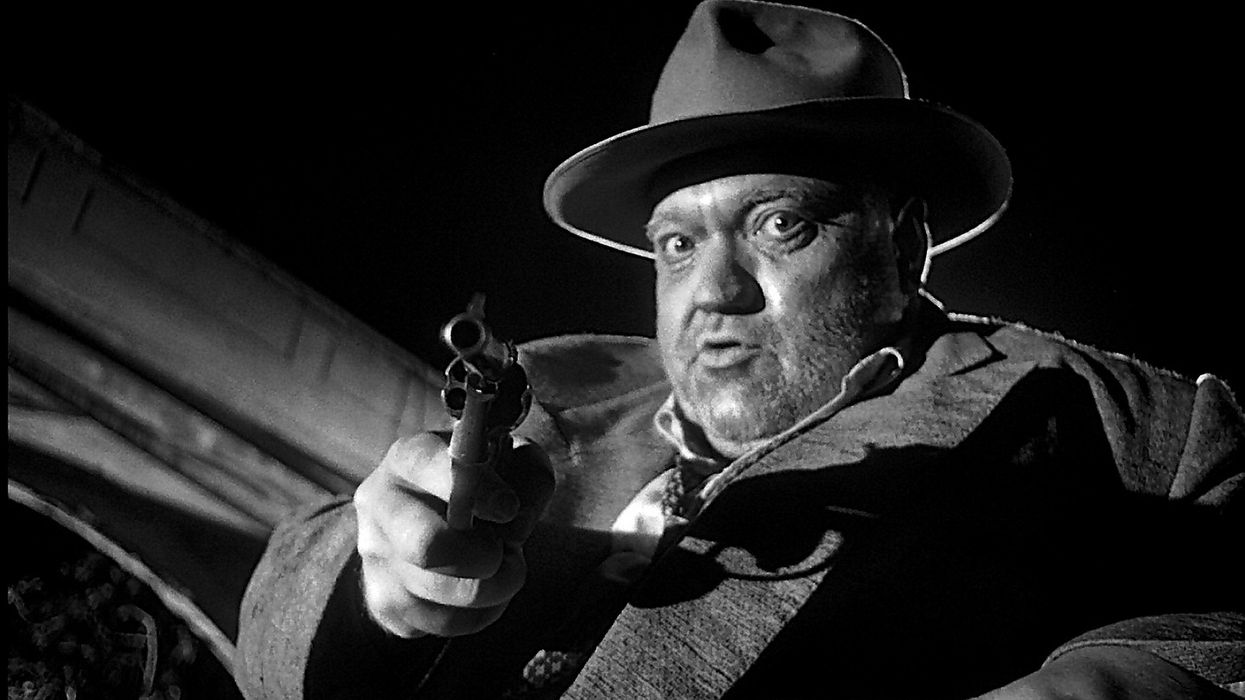Watch: How Orson Welles Hid a 12-Minute Single Take in Plain Sight
Orson Welles' Touch of Evil has one of the most famous long takes in film history. But there's another one in the film, and it's hiding in plain sight.

Touch of Evil, Orson Welles' 1958 crime drama, is a masterpiece up there with his debut, Citizen Kane, a film cited by many as the best film in history. Welles was known for technical innovation (in Kane, he and cinematographer Gregg Toland deployed deep focus in a way almost unheard of at the time of the film's release in 1941).
He was also enamored of the long take: Touch of Evil contains two, though many are only familiar with the first. This video essay by Wolfcrow focuses on the second, a 12-minute scene that many viewers don't even realize is composed of one shot.
Touch of Evil is a story of corruption and intrigue on the US/Mexican border, and its opening sequence, in which a time-bomb is placed in a car and later explodes, is one of the most famous in film history. By explicitly calling attention to its temporal continuity, the suspense of the ticking bomb is heightened. This sets the tense mood for the film.
The sequence's suspense can't help but call to mind Hitchcock's dictum about the ticking bomb, and interestingly enough, Touch of Evil's camera operator John Russell would go on to photograph Psycho for the director a few years later. Both films open with crane shots, as well. Coincidence? Probably.
Touch of Evil's second and lesser known long-take takes place in an apartment. Here, the logistics of the shot were considerably more difficult. Wolfcrow says that Welles "was far more proud" of this scene, as it was "harder to pull off and...supposed to be invisible."
What's more, the 12-minute scene was accomplished in one day—and that day happened to be the first day of production. The scene's goal, according to Welles, was to achieve a mood of claustrophobia. It succeeds admirably.
Source: Wolfcrow











